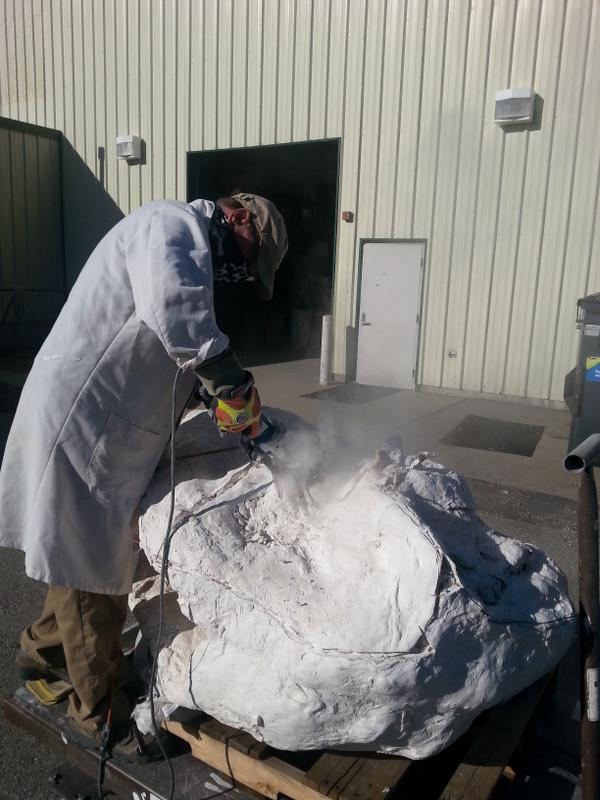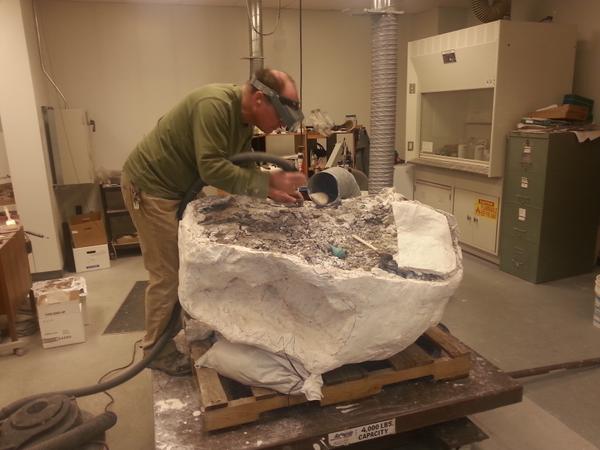smithsonianmag.com
As any Jurassic World fan could tell you, the soft tissues of ancient animals are supposed to be some of the first things to vanish in the fossilization process. While bones and teeth can be preserved for hundreds of millions of years, protein molecules decay in a mere 4 million years, leaving behind only traces of those building blocks of life.






